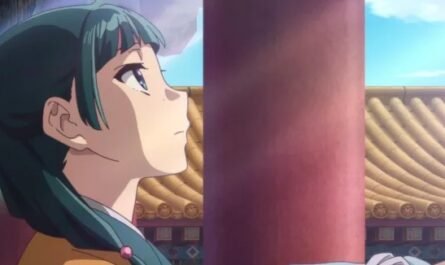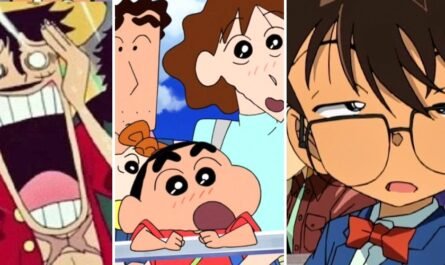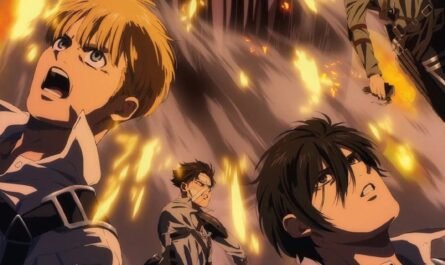The pamphlet for the 81-minute animated film made 25 years ago was made from two folded sheets of paper. It’s just two giant sheets of B3 paper, folded in half and stapled together to make 8 pages, and the contents are recycled footage from the movie and a list of the staff. It’s a pamphlet that’s a little too simple to sell at theaters.
However, 25 years have passed, and the used pamphlet has commanded a high price, and there is no shortage of people looking for it. That’s because it’s the 1998 pamphlet for the animated classic “Perfect Blue,” the directorial debut of Satoshi Kon, who passed away early in 2010 and will be revived at theaters nationwide from September 15th.
There’s a reason it’s only eight pages long. Perfect Blue” was not originally supposed to be released in movie theaters. Satoshi Kon’s blog Perfect Blue Senki” (hereinafter referred to as Senki”) on his official website, TONE” while he was still alive, describes the original plan. [Hear from the producer about the scale and content of the work.
At this point, it was confirmed that it would be a 70-minute original video with a budget of 90 million yen (excluding sound production costs) and that the character design would be Hisashi Eguchi at the request of the original author, Takeuchi.
1980s OVA (original video animation) was actively produced from the latter half of the 1990s. It refers to anime not shown on TV or in movie theaters but consumed by anime fans by purchasing or renting videos. “Perfect Blue” was created as one of those OVA works and was supposed to be forgotten.
However, to quote Satoshi Kon’s words from the above-mentioned Senki,” he says, I considered turning down the offer because the schedule was too unreasonable and the content didn’t suit me, but I thought, “It’s my first time.” I was captivated by the charm of being a director.
However, this work, which was initially intended to be consumed in Japan as an OVA for anime fans, was created by Satoshi Kon’s outstanding talent, which is hard to believe for being his first directorial work, and who later became one of Japan’s top animators. It will become even more significant with Yu Honda’s mid-season participation. The producer suddenly upgrades the work from an OVA to a theatrical movie.











